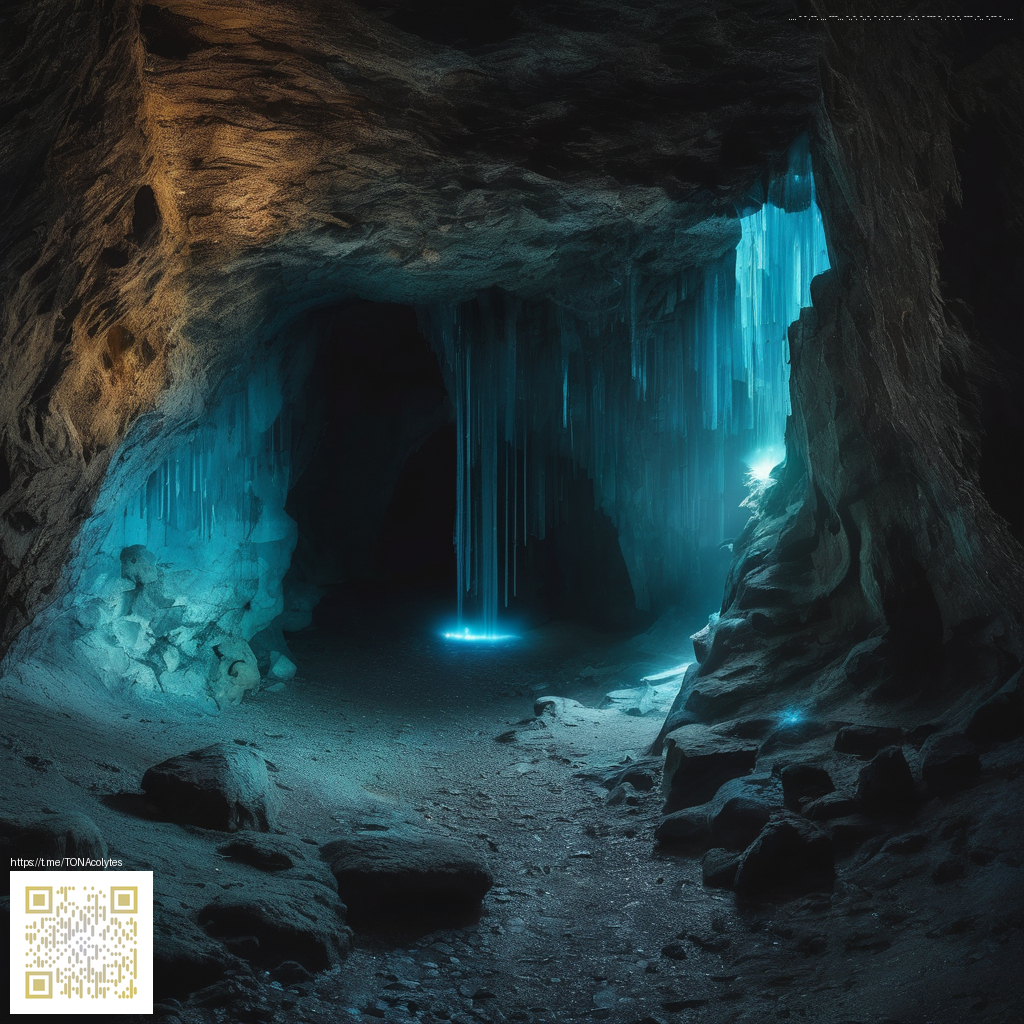
Realistic Creases in Digital Paper: Techniques and Practice
Creating convincing folds on digital paper is less about drawing perfect lines and more about simulating how fabric-like planes react to light, gravity, and texture. When done thoughtfully, a crease can carry emotion, guide the viewer’s eye, and make an otherwise flat surface feel tactile. The goal is to fuse structure with subtlety—so the viewer perceives depth without it shouting for attention.
Foundations: How Light Shapes Creases
A crease is essentially a tiny landscape on a one-piece plane. The deepest parts catch shadows, while raised edges catch highlights. To reproduce this digitally, start by deciding a light source. A single directional light will emphasize the crease’s edge, while multiple lights can soften shadows for a more natural look. Think about the material of the paper: a slightly rough texture will scatter light differently than a smooth, glossy sheet, altering how the crease reads on screen.
Practical workflow begins with establishing a neutral base. Build the crease path first—a subtle curved line that suggests where the fold begins. Then layer shading that follows the crease’s geometry. In software like Photoshop or Procreate, use a clipping mask on a separate shading layer and apply a soft brush to paint the mid-tones and the deepest shadows. Don’t forget a crisp highlight along the fold’s outer edge to indicate a raised ridge. This balance between darkness and light is what sells the crease as real, not just decorative.
“Realism hinges on light and shadow—the shape of the crease is only as convincing as how well the lighting communicates depth.”
From Texture to Depth: Building the Fold
Texture is the unsung hero of believable creases. A crease should reveal the fabric-like behavior of paper: slight stretching, minute fraying along the edge, and micro-shadowing where the fold meets the surface. Use texture overlays, displacement maps, or a carefully painted grain to evoke this physicality. A common technique is to combine a base shading layer with a texture layer set to a low opacity and a Multiply or Overlay blending mode, so the texture subtly penetrates the color beneath.
- Sketch the crease path with a light, curved stroke to imply a natural fold rather than a rigid line.
- Paint soft shadows just inside the fold to imply depth, then add brighter highlights along the outer edge to emphasize the crest of the fold.
- Incorporate a fine paper texture with a subtle displacement map to bend the texture around the crease, creating realistic warping.
- Adjust color temperature to match the scene; warm light will soften edges, cool light will sharpen contrast.
- Test your crease against different backgrounds and lighting to ensure it remains convincing under various contexts.
For hands-on practice, a stable, low-friction surface can help you observe how light and texture translate into crease behavior. If you’re shopping for a dependable workspace, consider a non-slip gaming mouse pad with a polyester surface (such as this example). Its stable grip lets you test lighting and texture applications without the paper slipping away. You can explore the product here: Non-slip gaming mouse pad with a polyester surface.
For inspiration beyond your own desk, I often browse reference libraries. A good starting point is the Peridot image library, which offers a variety of textures and lighting scenarios you can mirror in your digital folds: https://peridot-images.zero-static.xyz/ff81346c.html.
Practical Steps You Can Try Today
- Plan the crease: imagine where the paper would naturally fold under pressure or movement.
- Light strategy: pick a single strong direction for dramatic folds or multiple softer lights for subtler creases.
- Texture layering: apply a micro-texture to the surface and blend it with the shading to mimic fiber patterns.
- Depth testing: switch to grayscale to judge the readability of your crease without color distractions.
- Color harmony: adjust the surrounding tones so the crease integrates with the overall scene rather than appearing superimposed.
As you iterate, keep the crease coherent with the paper’s orientation and the scene’s mood. The realism comes from consistent lighting, credible texture behavior, and careful edge treatment—the kind of attention that elevates a flat illustration into something that feels tactile and believable.